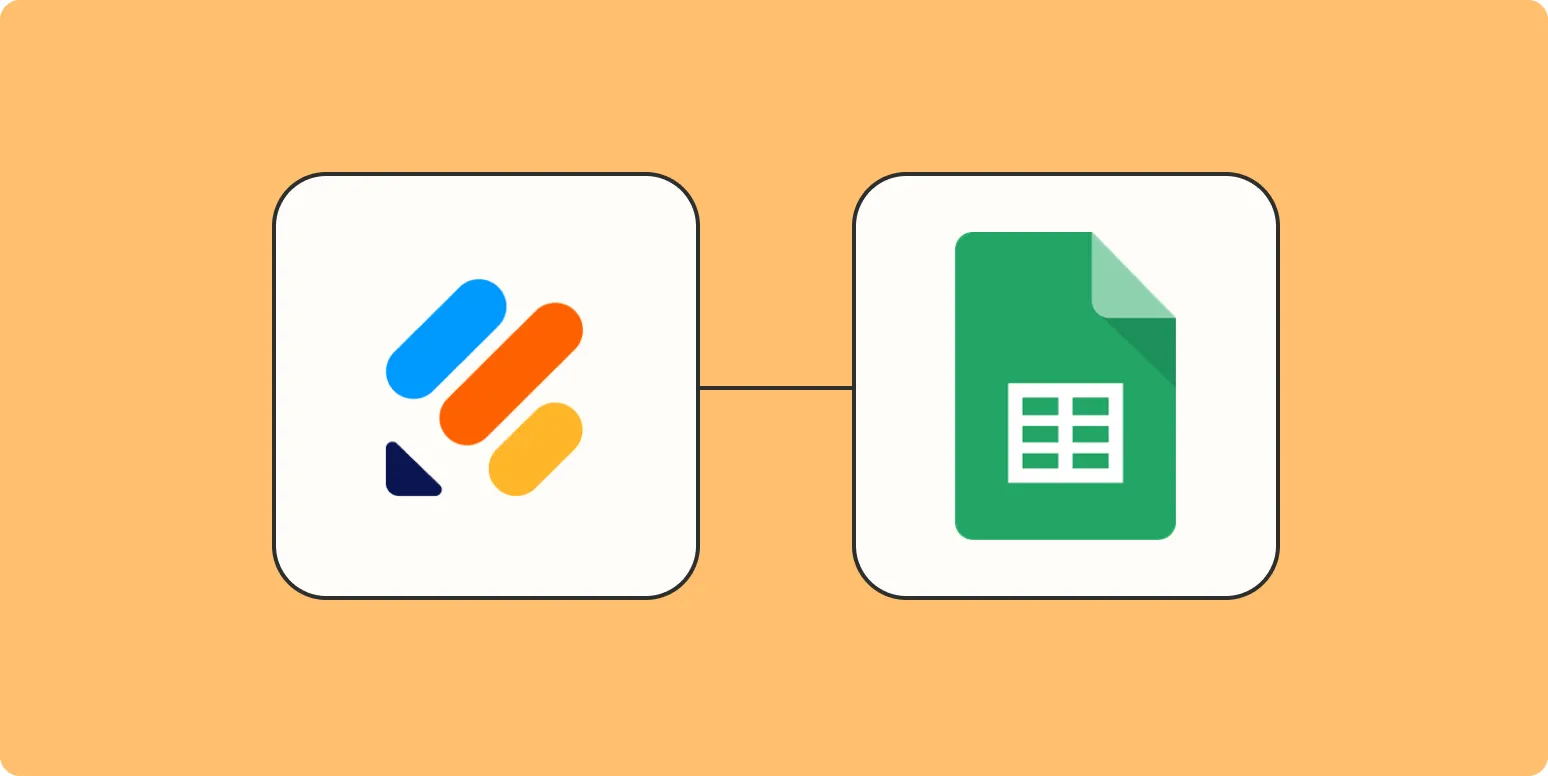Integrating Jotform with Google Sheets allows users to automatically save their forms' responses for easier data management and analysis. This seamless connection can significantly enhance workflow efficiency. In this article, we'll explore how to set up this integration effectively, ensuring that your Jotform responses are saved directly into Google Sheets.
Why Use Google Sheets for Jotform Responses?
Google Sheets is a powerful tool for data analysis and collaboration. By saving Jotform responses to Google Sheets, you can benefit from:
- Real-time collaboration: Multiple users can view and edit the data simultaneously, making it easier to work as a team.
- Data analysis tools: Google Sheets offers various functions and features that allow you to analyze your data efficiently.
- Accessibility: Your data is stored in the cloud, enabling access from anywhere with an internet connection.
Setting Up the Integration
To automate the saving of Jotform responses into Google Sheets, follow these steps:
Step 1: Create Your Jotform
First, you need to create your Google Form using Jotform. Customize your form according to the data you wish to collect. Ensure that all fields are correctly labeled for easy identification later.
Step 2: Access the Integrations Menu
Once your Jotform is ready, navigate to the Settings tab. From there, click on Integrations to explore the available options.
Step 3: Select Google Sheets
In the integrations menu, find and select Google Sheets. This will prompt you to connect your Jotform account to your Google account.
Step 4: Authenticate Your Google Account
You will need to log in to your Google account and allow Jotform to access your Google Sheets. This step is crucial for the integration to function correctly.
Step 5: Configure Your Google Sheet
After authenticating, you will be prompted to either create a new Google Sheet or select an existing one. Choose the option that suits your needs:
| Option | Description |
|---|---|
| Create New Sheet | A new Google Sheet will be generated specifically for your Jotform responses. |
| Select Existing Sheet | Responses will be sent to a pre-existing Google Sheet, allowing you to consolidate data. |
Step 6: Map Your Jotform Fields
Once you’ve selected your Google Sheet, you’ll need to map the fields from your Jotform to the columns in the sheet. This step ensures that the data from each form response is placed in the correct column.
Step 7: Test the Integration
Before finalizing the setup, it’s essential to test the integration. Submit a test response through your Jotform and check if it appears in your designated Google Sheet. If everything is set up correctly, you should see the data populate in real time.
Benefits of Automating Jotform Responses
Automating the saving of Jotform responses to Google Sheets offers numerous advantages:
- Time-saving: The manual process of copying and pasting data into a spreadsheet is eliminated, allowing for more efficient use of time.
- Reduced errors: Automating data entry minimizes the chances of human error, ensuring your data remains accurate.
- Data organization: Responses are systematically organized within your Google Sheet, making it easier to analyze trends and insights.
Advanced Features to Consider
Once you have the basic integration set up, consider exploring advanced features to further enhance your data management:
Using Google Sheets Functions
Leverage Google Sheets' built-in functions to analyze your data. Functions like SUM, AVERAGE, and FILTER can help you gain insights from your collected responses.
Creating Charts and Graphs
Visualize your data by creating charts and graphs in Google Sheets. This can be particularly useful for presentations or reports, enabling you to communicate your findings effectively.
Setting Up Notifications
Consider setting up email notifications for new responses using Google Sheets’ built-in features or additional Google Apps Script. This way, you can stay updated on new submissions without constantly checking the sheet.
Conclusion
Integrating Jotform with Google Sheets is a straightforward process that can greatly enhance your data collection and analysis efforts. By following the steps outlined above, you can automate the saving of responses, allowing for more efficient data management. The benefits of using Google Sheets, combined with the powerful features of Jotform, create a robust system for collecting and analyzing data seamlessly.





